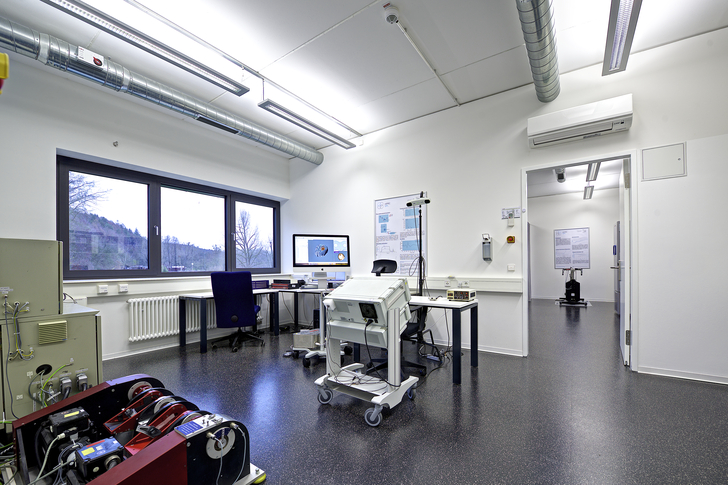
Sensorimotor Control – Sensorimotor Learning
We are interested in identifying optimized settings for sensorimotor skill performance and sensorimotor skill learning of athletic and everyday movements.
Projects: Balance system identification
We use perturbations and control engineering techniques to identify the neural mechanisms underlying sensory integration and sensorimotor control of human balance. The principle is to use sensory or mechanical perturbations to evoke body sway responses and use the relation of perturbation (input) and sway response (output) to quantify how the brain transforms sensory cues into muscle action.
Using these techniques we try to understand how aging affects sensorimotor performance and how exercise interventions can be used to improve it.
Collaborations
Representative Publications
Projects: Specificity of sensorimotor skill learning
We use peripheral electrical and transcranial magnetic stimulations to measure neural plasticity related to sensorimotor skill acquisition and learning. Using these techniques we aim to identify the sites and the time course of neural adaptations that accompany strength and balance training.
